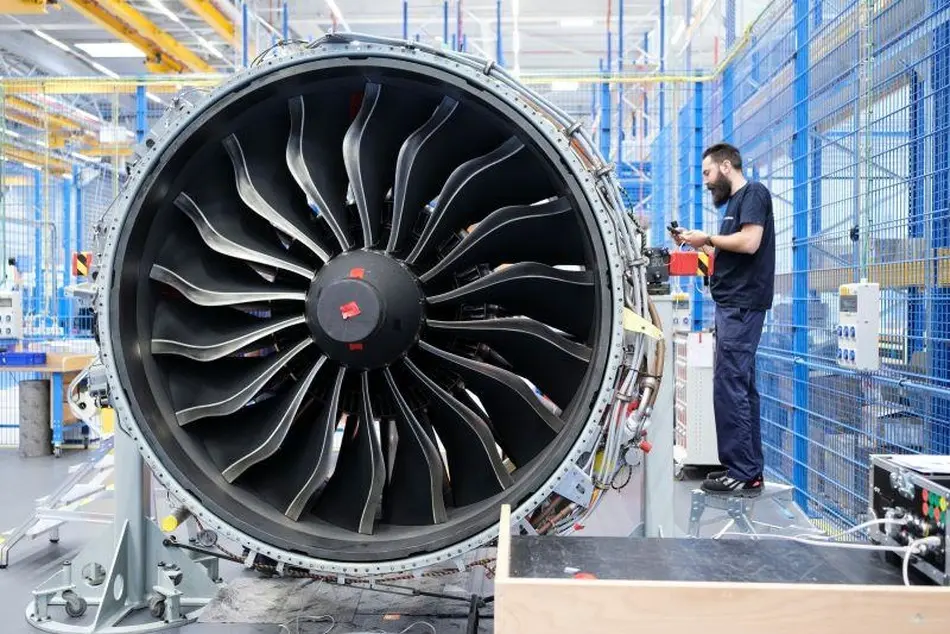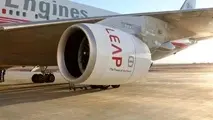CFM56 Values Signal Opportunities, Risks For Investors
The CFM International CFM56 engine market has reached unprecedented levels, with values for some variants soaring by up to 50% over the past two years, according to findings shared exclusively with Aviation Week Network by Magnetic Leasing.

The CFM International CFM56 engine market has reached unprecedented levels, with values for some variants soaring by up to 50% over the past two years, according to findings shared exclusively with Aviation Week Network by Magnetic Leasing.
Magnetic Leasing, an active player in the engine leasing space, cautions that traditional benchmarks for valuing used engines are becoming increasingly complex. “No two used engines are the same,” CEO Alex Vella says. “A myriad of factors—component condition, shop visit history, utilization profile and market lease rates make broad valuations difficult.”
The dominant force, however, remains simple economics: demand is outpacing supply, particularly for the CFM56-7B. The -5B variant, while trailing in value, is also seeing upward momentum, especially for high-thrust models.
Vella adds further context, observing a shift in how stakeholders approach engine build standards—a key consideration for asset viability. This refers to the target configuration and expected life of an engine after it has undergone maintenance or a shop visit, particularly in terms of flight cycles.
For instance, due to rising shop visit costs from labor, materials and OEM part price escalation, rebuilding CFM56 engines to last 7,500–9,000 flight cycles is often not considered cost-effective.
Vella acknowledges the pressure many operators and lessors face when making engine investment decisions. “We’re seeing fewer rebuilds targeting the traditional 7.5k–9k flight cycle standard,” he says. “Instead, many customers are opting for more cost-effective quick-turn maintenance, aiming for shorter build standards around 4k–6k flight cycles.”
This appears to reflect a broader shift in asset strategy, based on Magnetic’s insights. High build standards are increasingly reserved for engines with major performance work scopes, where a target of 10,000 cycles or more is needed to justify the cost. The changing economics are being shaped by soaring OEM material prices—up roughly 30% in two years—and a lack of used serviceable material, forcing many operators to buy new material and driving up the investment required.
Magnetic Leasing predicts a market correction is inevitable, eventually; likely within two to three years. Smaller carriers, still financially fragile post-pandemic, are the most exposed. If high lease rates become untenable, airline failures may lead to a wave of returned airframes, some of which will not be economically viable to transition. This could lead to an increase in engine teardowns and a renewed supply of green-time material, potentially easing the current supply constraints.
Amid this volatility, specialist MROs such as Aero Norway are consolidating capabilities. The company now focuses almost entirely on CFM56-5B and -7B engines to streamline operations and prepare for the future.
“What we’re learning from the CFM56 supports our transition into Leap-1A and -1B engine work,” CEO Neil Russell says. Aero Norway is also adopting artificial intelligence tools to improve material planning and operational forecasting. These steps aim to increase value while reducing complexity for its airline customers.
With record-high valuations on one side and rising operational pressures on the other, the CFM56 engine market appears to be nearing a tipping point.

